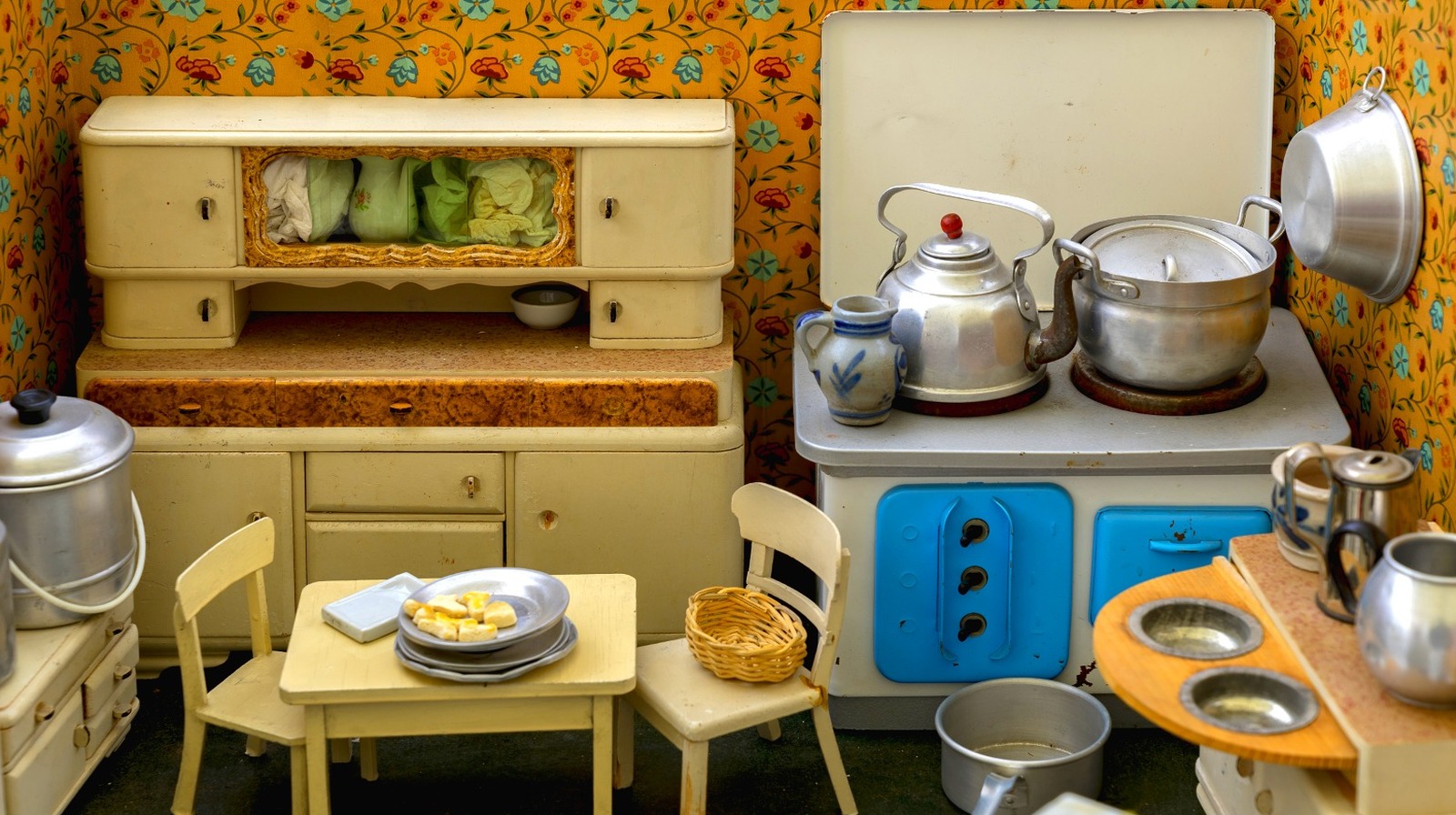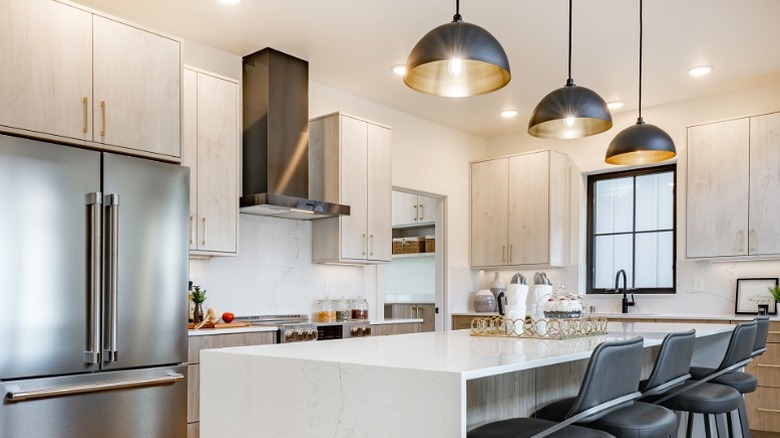As children, we didn’t understand why our caregivers might’ve gotten frustrated when we ran through the kitchen while they were cooking. It’s all too clear as an adult: There’s nothing worse than feeling constricted in your own kitchen. Cooking a meal requires a lot of heat, sharp metal tools, and space to move and think. You also need to be able to see what you’re doing. There’s a simple (but often overlooked) detail when designing your kitchen that makes it feel extra-small: Poor lighting, which can distort your perception of your kitchen.
Everything we see is light, and how it interacts with physical surfaces influences how we perceive the color and texture of walls, floors, and furniture. Dim, cool lighting in a white tile kitchen might feel like something out of a “Saw” film, while bright, warm lighting in the same room can make it feel like a breathable and relaxed workspace. However, warm lighting could yellow a blue kitchen with wooden floors, turning it dull and cramped. As a general rule of thumb, match the light and paint temperatures. Light with a white tint matches cool tones such as blue, purple, and green while light with a yellow tint matches warm tones such as yellow, orange, and red. Clashing temperatures create disharmony and look unnatural in sunlight, and people tend to prefer natural sunlight or bulbs that mimic the effect.
Give your kitchen a glow-up with clever lighting
For most of history, humans have been alert and productive during daylight hours while sleeping at night when it’s dark. Our eyes are suited to seeing objects in a certain range of light, so when something is too dim or artificial, it seems less familiar and safe. With this knowledge in mind, you can follow Ina Garten’s lead by including more light in the kitchen. The most obvious way to include natural light is by opening the blinds or curtains during the day, letting the sun pour in from the window. Of course, this doesn’t always work given that nighttime and rain come around — not to mention that several apartments and dorms don’t even come with windows in this area.
When natural lighting isn’t an option, then the right LED bulb can do a lot. Most bulb packs have information on brightness and whether they emit a warm or cool hue, plus they’re the most energy efficient because they last a long time without consuming as much power, which saves money on electricity costs. The type of light fixture installed in the ceiling also changes a space’s perceived size. Long-hanging fixtures such as pendants and chandeliers look best with high ceilings. Mounted, panel, and recessed light fixtures aren’t always as ornate, but they’re practical for low ceilings and don’t take up awkward space in the air. It’s never been easier to make a dark kitchen appear brighter.






